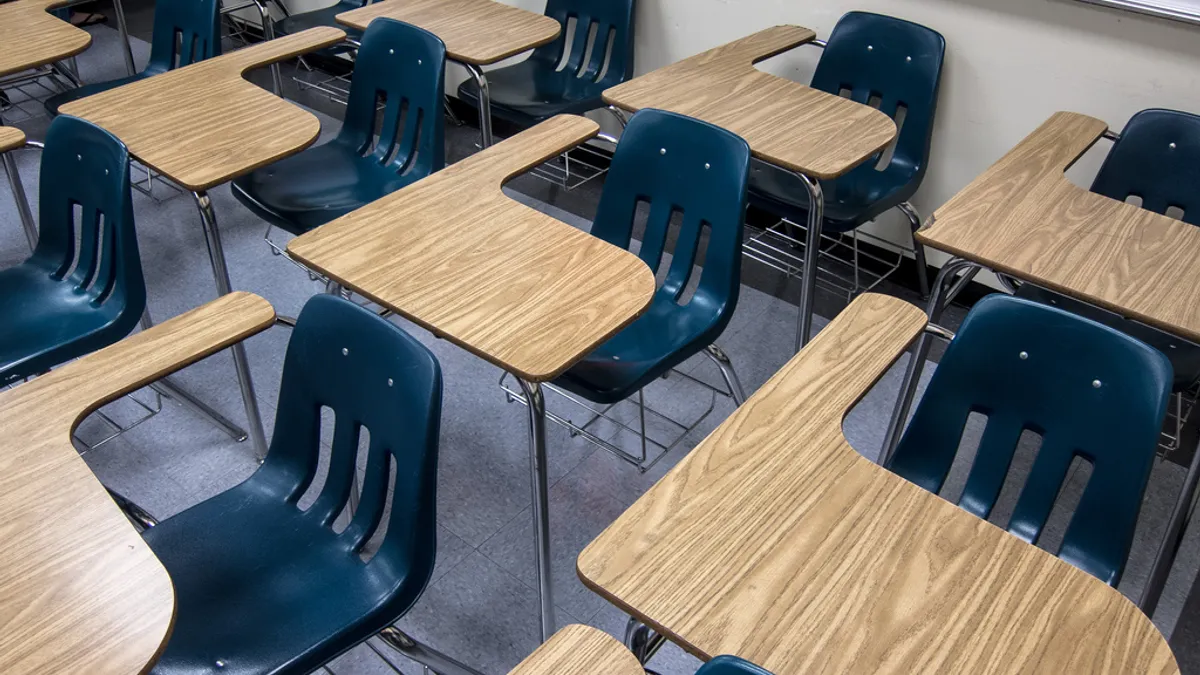Dive Brief:
-
Under the Every Student Succeeds Act (ESSA), states are given some flexibility in how they want to be held accountable for student success, and the majority plan to use percentages of students who are chronically absent — meaning they miss more than 10% of the school year — as a key indicator in school performance, according to NPR.
-
The article focuses on an analysis of states’ plans by FutureEd, a think tank at Georgetown University, and quotes Phyllis Jordan, one of the report’s authors, who notes the “strong connection between attendance and achievement.”
-
The state plans show, for example, that Connecticut’s goal is to have no more than 5% of children chronically absent in each school, while Hawaii wants no more than 9% in each school. Because wide variation in chronic absenteeism rates often exist within the same district, Jordan notes that each administrator will need to look at how to best improve attendance in his or her school.
Dive Insight:
By measuring chronic absenteeism, education officials are looking beyond regular daily attendance rates to identify the students who are most at risk for falling behind academically and potentially dropping out of school. Research conducted by Attendance Works, a national and state-level initiative that has helped to bring awareness to the issue of chronic absenteeism, notes that even in schools with a 95% average daily attendance rate, there can still be students who miss too many days of instruction.
The organization provides data on chronic absenteeism at state and local levels, which has allowed district- and school-level administrators to better understand the issues in their own communities and to work with families, libraries, local businesses and other partners to emphasize the importance of daily attendance. The organization also points educators to strategies for reducing absenteeism, such as Check & Connect, developed at the University of Minnesota, and profiles school districts across the country that have made progress. Many communities are emphasizing regular attendance even among pre-K students to instill good habits early.







 Dive Awards
Dive Awards





